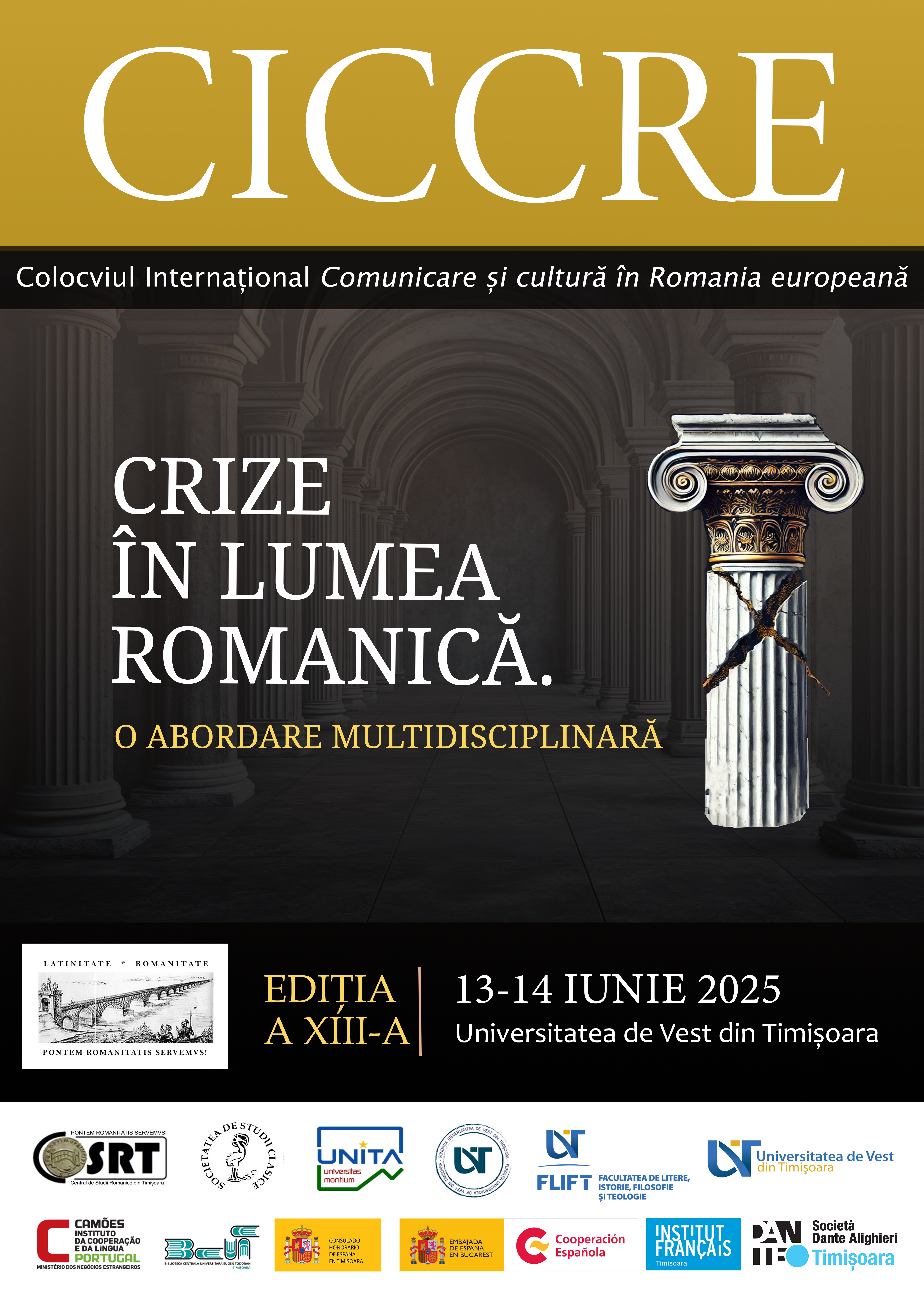Libera Università di Bolzano
Société de Linguistique Romane
La diversità linguistica in Europa. Osservazioni dal punto di vista delle „piccole“ lingue
Riassunto. Una grande diversità culturale e linguistica in uno spazio geografico relativamente piccolo è da sempre una delle caratteristiche dell’Europa. Questa diversità si esprime non solo nelle 36 lingue ufficiali degli stati europei, ma anche e soprattutto in almeno 69 lingue minoritarie (senza stato). In Europa ci sono cinquanta nazioni titolari e almeno 360 minoranze (linguistiche). Questo patrimonio rimane tuttora in parte sconosciuto o misconosciuto, anche perché in gran parte degli stati d’Europa non sono previsti rilevamenti ufficiali sulla consistenza delle minoranze e sulle competenze linguistiche della popolazione. Si è di fronte al paradosso che gran parte degli stati d’Europa riconosce l’esistenza di minoranze nazionali e linguistiche, ma non provvede alla ricognizione di quello che è un elemento cruciale per la definizione di una minoranza: il „numero“.
La nostra conferenza si pone come obiettivo di fornire una panoramica in chiave quantitativa sulle lingue parlate in Europa, sia di maggioranza che di minoranza, per poi tracciarne lo sviluppo negli ultimi decenni, dopo la caduta del muro di Berlino. I dati a disposizione mostrano che la diversità linguistica autoctona in Europa è in declino. Ma non si tratta di una legge naturale, senza eccezioni: ci sono anche comunità di minoranza in crescita. Analizzeremo quali caratteristiche sociolinguistiche permettano a queste comunità di comportarsi in maniera differente, e di contribuire perciò al rafforzamento della diversità linguistica e culturale dell‘Europa.
Parole chiave: diversità culturale, diversità linguistica, lingue nazionali, lingue di minoranza, sviluppi sociolinguistici
Language diversity in Europe. Observations from the perspective of 'small' languages
Abstract. The diversity of cultures and languages in the smallest spaces has always been a special feature of Europe. This diversity is expressed not only in the thirty-six official state languages in Europe, but also and in particular in at least 69 minority (stateless) languages. There are fifty titular nations and at least 360 (linguistic) minorities in Europe. This heritage still remains partly unknown or misunderstood, also because in most European states there are no official surveys on the size of minorities and/or the language skills of the population. We are faced with the paradox that most states in Europe recognise the existence of national and linguistic minorities, but fail to survey what is a crucial element in the definition of a minority: the 'number'.
The aim of our conference is to provide a quantitative overview of the languages spoken in Europe, both majority and minority, and then to trace their development in recent decades since the fall of the Berlin Wall. The sobering result is that autochthonous linguistic diversity in Europe is on the decline. But this is not a ‘natural law’, without exception: there are also growing minority communities. We will analyse which sociolinguistic characteristics allow these communities to behave differently and thus contribute to the strengthening of Europe’s linguistic and cultural diversity.
Keywords: cultural diversity, linguistic diversity, national languages, minority languages, sociolinguistic developments
Paul Videsott (born 1971) is full professor of Romance philology at the Faculty of Education of the Free University of Bolzano/Bozen. Since 2017 he serves as Dean of the Faculty.
At the University of Innsbruck took his research doctorate (PhD) in Romance Philology on 12.4.1999 and his habilitation (venia legendi) in Romance Philology on 12.2.2004.
In 2005-2006 he was recipient of a “Schrödinger”- grant from the Austrian Science Fund FWF at the École nationale des Chartes in Paris.
In 2006 he was called as professor of Romance Philology/Ladin Studies at the Free University of Bolzano/Bozen. In 2012 he was invited professor at the ATILF (CNRS & University of Lorraine) in Nancy; in 2013 he has benefited from a special leave for research at the Département des littératures de langue française at the Université de Montréal; in autumn 2021 he was invited professor at the École des Chartes in Paris.
He is scientific director of the South Tyrolean Institute of Ethnic Groups (Bozen, www.svi-bz.org/) and president of the scientific commission of the Ladin Institute "Majon di Fascegn" in Vigo di Fassa (www.istladin.net/).
His research interests concern the Italian, French and Ladin historical linguistics, dialectology, scriptology and scriptometry, and minority languages.
He is co-director of the international project "Documents linguistiques galloromans" (http://www.mediaevistik.uzh.ch/docling/) and member of the "Dictionnaire Étymologique Roman". With Martin Glessgen, in 2021 he has started the 3-years SNF-project “Linguistic variation in the Middle Ages as a system. Basics of a new scriptural description of the Gallo-Roman language area”.
He leads the two basic research projects concerning the Dolomites Ladin: "Corpus dl ladin leterar" (vll.ladintal.it) and "Vocabolar dl ladin leterar" (https://bupress.unibz.it/it/produkt/vocabolar-dl-ladin-leterar-1-vocabolario-del-ladino-letterario-1-woerterbuch-des-literarischen-ladinisch-1/).
He is editor in chief of the series "Scripta Ladina Brixinensia" (ISSN 2420-9252; http://bupress.unibz.it/it/collane/scripta-ladina-brixinensia.html) and of the "Europäisches Journal für Minderheitenfragen / European Journal on Minority Issues" (ISSN 1865-1089; Class-A-Journal). He is also co-editor of the Revue de Linguistique Romane (Société de Linguistique Romane, ISSN 0035-1458, Class-A-Journal).
In 2018 he was awarded the "Scientific Award" of the Autonomous Province of Bolzano (South Tyrol), in 2021 a Fellowship of the Modern Language Association of America.

